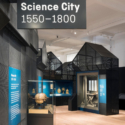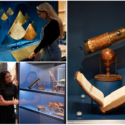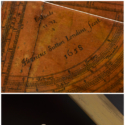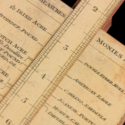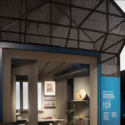Science and the City: Introduction
Article DOI: https://dx.doi.org/10.15180/211509
Keywords
early modern science, London, Royal Society
Introduction
London, as John Strype wrote in 1720, ‘for Men of all Ranks and Qualities, as Nobility, Gentry, Courtiers, Divines, Lawyers, Physicians, Merchants, Tradesmen, Artificers, Seamen and Foreigners, is a vast Rendezvous of People’ (Strype, 1720).
The theme of early modern London, the diverse people it drew together, and how this shaped its science, connects a selection of papers in this issue, prompted by the Science Museum’s Science City 1550–1800: The Linbury Gallery. This gallery, which opened in September 2019, explores the ways in which London shaped science, and science shaped London.
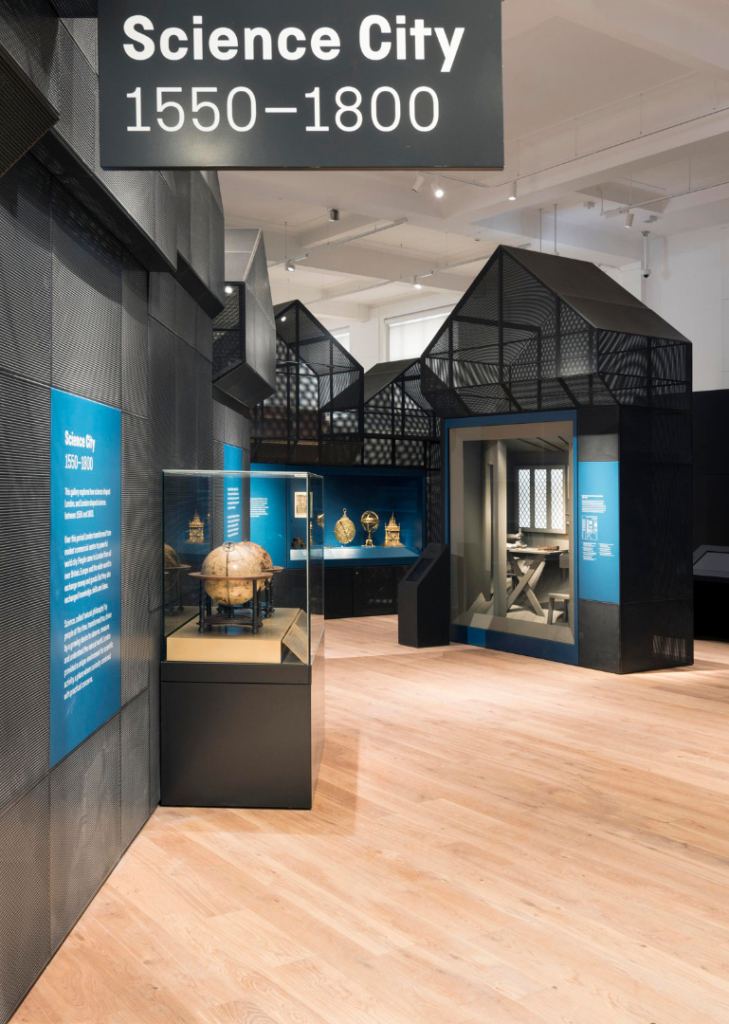
Science City unites three extraordinary collections in one space. The Science Museum Group’s own collection of early modern mathematical, optical and philosophical instruments contains rare treasures, including a microscope designed by Robert Hooke, as well as an abundance of practical instruments used by surveyors, navigators, architects and other practical professionals. Despite its richness, few objects from this collection have been displayed in recent decades. The King George III collection has been on long-term loan to the Museum from King’s College London since 1927. Alongside a suite of apparatus made for the King himself, it also includes demonstration apparatus belonging to natural philosophy lecturer Stephen Demainbray. Finally, the gallery also incorporates artefacts and artworks from the collections of the Royal Society.

The London-focused narrative was originally proposed by Science Museum Keeper Emeritus Jim Bennett, prompted by the characteristics of the collections themselves. The majority of the instruments within them were made in London, with many devices also used in a variety of contexts in the city. These instruments testify to a significant transformation. As Bennett and Rebekah Higgitt have written elsewhere: ‘In the history of London, the period between roughly 1600 and 1800 saw the growth of a learned and technical culture, from a position of looking enviously towards continental Europe to being an object of emulation in the cultivation of science’ (Bennett and Higgitt, 2019). Within this culture London’s artisans supplied the hardware necessary for measuring and calculating, for magnifying and making visible, and for experimenting: the city’s commercial instrument-making trade was nascent in the sixteenth century, but two centuries later, it led the world.

The richness and variety of city life provides a backdrop to the gallery’s narrative and helps to make sense of the wide-ranging artefacts on display. Early modern London served a uniquely diverse range of functions: no other city at the time was at once its nation’s capital; seat of both government and monarch; a chief port; a commercial and financial centre; and a principal site of manufacture. These varied activities resulted in the ‘vast Rendezvous of People’ that Strype described. Crucially, however, London lacked a university until 1826, and so was not a traditional learned city like Oxford or Cambridge, Paris or Leiden. The gallery’s central thesis is that London’s commercial preoccupations, and increasingly, its role in administering and equipping Britain’s colonial expansion, shaped its science. It influenced both the questions that were asked, and the methods, techniques and practices used to address them.
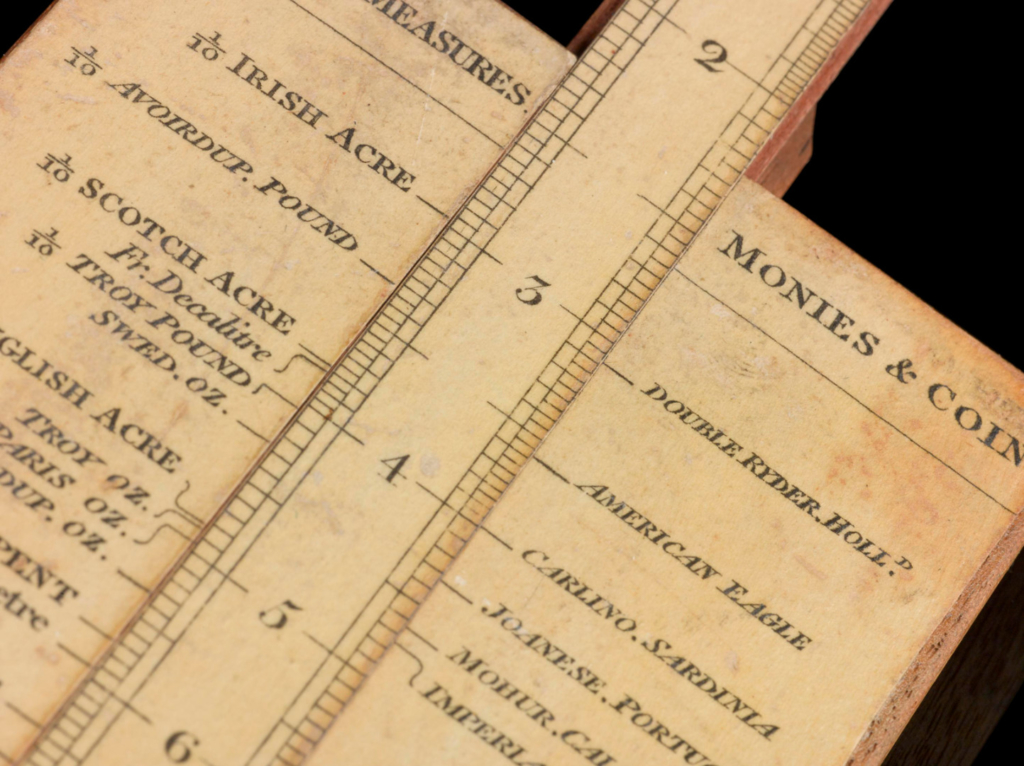
In recent decades, historians and curators have challenged traditional perceptions of how so-called ‘scientific’ instruments should be defined, described and interpreted (including but not limited to: Warner, 1990; Bennett, 2003; and Taub, 2011). The instruments preserved in museum collections correspond poorly to the kinds of historical narratives that celebrate singular moments of scientific discovery. Instead, they bring to our attention the skilled artisans who made and sold them, the practitioners who required them for an assortment of technical and administrative tasks, and the various audiences who delighted in them for education and entertainment. In this gallery, we aimed to use the instruments to illuminate the experiences and contributions of a broad range of people who contributed in diverse ways to the establishment of London’s scientific culture.
Thanks to the creative vision of our gallery designer, Gitta Gschwendtner, the gallery features four abstracted room-set displays. These allowed us to place selected instruments in context, and also to evoke a range of spaces within the city with significance for London’s science. In one, visitors can see an experiment taking place with an air pump at a meeting of the Royal Society – a key locus of experimental philosophy in the city. Yet granted equal status are: the workshop of seventeenth-century instrument maker Elias Allen; the lecture room of natural philosophy demonstrator Stephen Demainbray; and the site on Hounslow Heath where surveyors measured a baseline that laid the foundations for the national mapping project, later dubbed the Ordnance Survey. The decision to feature these sites was driven by the available artefacts, but in principle there are any number of intriguing locations we might have chosen instead.
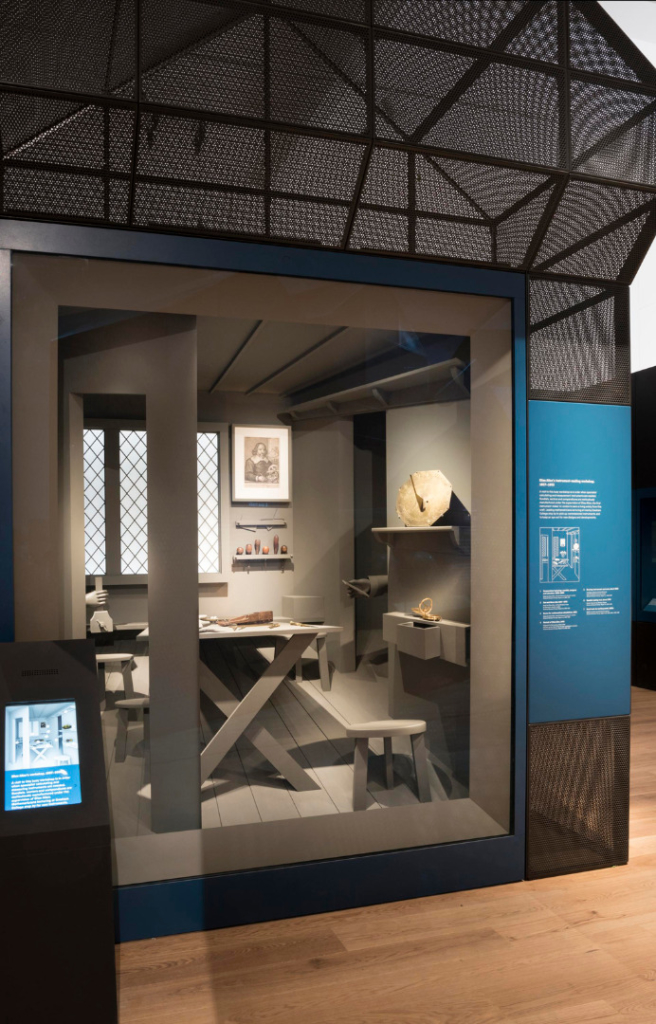
Three compelling metropolitan spaces of science are detailed by Rebekah Higgitt, Jasmine Kilburn-Toppin and Noah Moxham in this issue. Their paper explores corporations that cultivated technical expertise and practice significant to London’s knowledge culture: the East India Company; Trinity House; and the Royal Mint. The authors detail how the characteristics of these corporations’ built environments illuminate the management and negotiation of the diverse practices that were carried out within. This paper results from a Leverhulme-funded research project, entitled Metropolitan Science, hosted by the University of Kent, which ran in parallel with the Science City gallery’s development.
In contrast, David Bryden traces the career of a single London citizen, prompted by a close reading of a trade card in the Science Museum Group collection. On the face of it, Valentine Gottlieb apparently had an extraordinary life, engaged in professions as diverse as hairdressing and mechanical engineering. Yet many early modern Londoners would have shared aspects of his life’s experiences. German-born Gottlieb migrated to the city, motivated, as many were, by a desire to take advantage of London’s commercial opportunities. To promote his reputation, he needed to exploit networks and creative marketing strategies, as well as technical aptitude.
Strype boasted of how London brought together ‘Men of all Ranks and Qualities’, but Jane Desborough and Gloria Clifton remind us that women, too, were important contributors to London’s knowledge culture. Acknowledging the challenges of recapturing female perspectives through the historical record, they encourage us to consider the diversity of ways women participated in scientific activity: as instrument makers; as educators; as students; and as correspondents. In recent weeks a Nature editorial has re-emphasised the dangers of celebrating ‘great hero scientists’ in the history of science, these narratives serving to obscure contributions of women and to perpetuate discrimination and exclusion (‘Women must not be obscured…’, 2021). Drawing upon source material including the archives of London’s guilds, Desborough and Clifton draw our attention to hitherto little-known women, and to their roles within London’s diverse networks of scientific knowledge and practice.
The Science City curatorial team owe a debt of gratitude to the numerous scholars and museum practitioners whose work informed and inspired the project. It is satisfying to reflect here that the gallery’s development has also stimulated and enabled research. In particular, the partnership with the ‘Metropolitan Science’ team created fruitful opportunities for knowledge-sharing between academics and practitioners, an experience which will inform research collaborations for forthcoming projects. We hope that our new display of the instrument collections within Science City – anticipated to last for 25 years – will inspire future generations of researchers and museum visitors alike.



